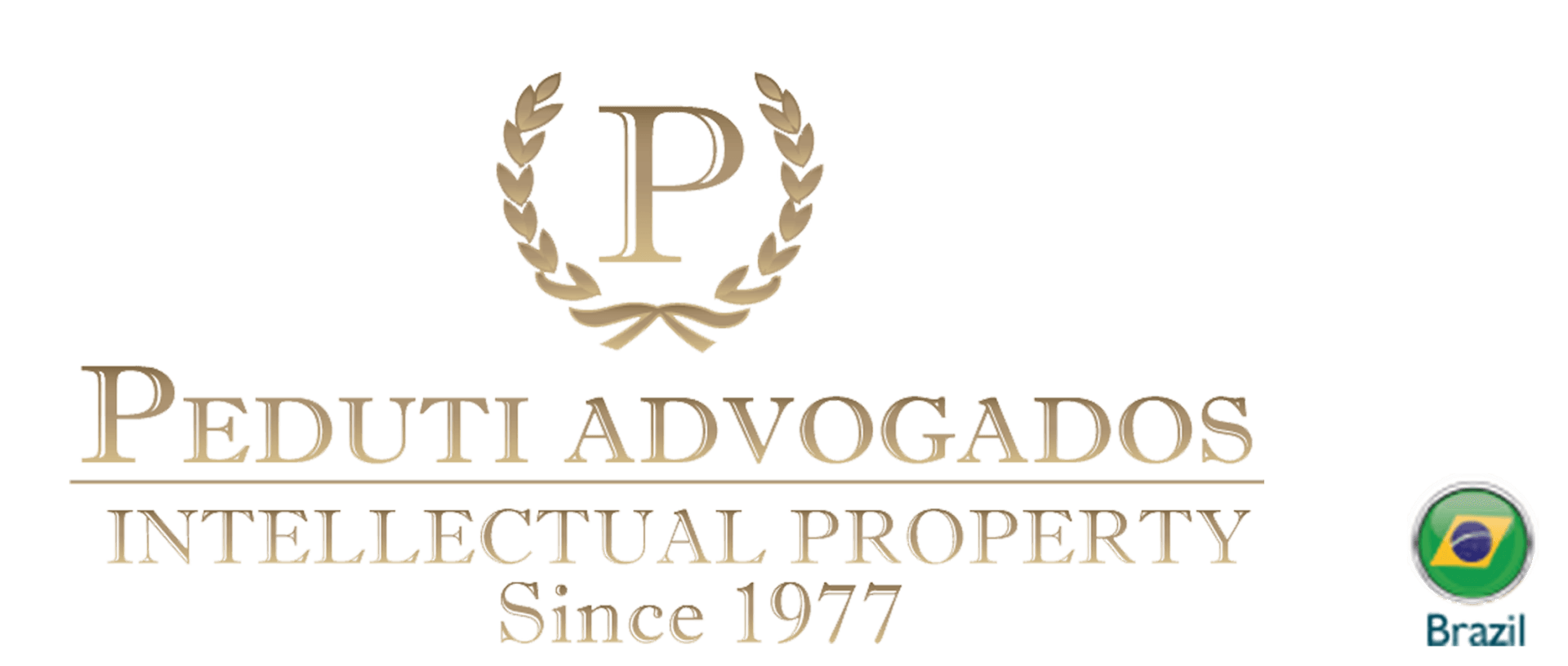Questions and Answers: Industrial Design
The Questions and Answers in this section were removed from the INPI website, and the information and supplements in italics are our responsibility.
- How to register?
First of all, it is advisable to carry out a prior search of the brand to find out if there is already one deposited or registered in the intended area of activity. It should be noted that, in some cases, even if no prior information is available, a more accurate consultation is essential, since the Industrial Property Law provides for several exceptions of signs that cannot be registered (23 only in Article 124 of Law No. 9,279 / 96 ), and these, certainly, if they are consulted considering only the previous one, will not appear in the search, inducing that there is no previous record. The trademark application must be requested in a specific form, the due fee must be collected and certain documents are attached and others are presented for verification, as the case may be. In order to carry out the search or make the deposit, the interested party must go to the headquarters of the INPI or to one of the Precincts or Representations of the Agency, existing in the Brazilian states, or to look for an Agent Accredited by the INPI.
- What is industrial design?
Can an individual register or only legal entities have this option?
- What should the registration application contain?
The registration request may optionally contain a descriptive report, except for requests containing configurative variants. Such a report may be simple and summarized. Regarding the claiming framework, this is optional. The figures, on the other hand, must have an excellent graphic quality, since the Industrial Design register refers to the external configuration of an object, or to an ornamental pattern represented through the figures.
- Who can apply for registration?
Any individual or legal entity can file an Industrial Design request, provided that it has the legitimacy to obtain it. Article 6 § 1 of the LPI presumes, unless proven otherwise, that the person requesting the registration is entitled to obtain it (has an authorization from the author). Given this presumption, it is not necessary to present documentation that proves the applicant's legitimacy (author's assignment document).
- Who has the legitimacy to register?
The registration request may be requested by the author or by legitimate persons, whose rights are derived from those of the author. The Industrial Design may be requested in its own name, by the heirs or successors of the author, by the assignee or by one to whom the law or the employment or service provision contract determines that the ownership belongs. Notwithstanding this, the INPI may formulate a requirement to present a suitable document, such as: Assignment, Formal Sharing, Employment or Service Contract, etc.
- What are the rights of the holder?
The holder has the right to exclude third parties, during the term of the registration, without their prior authorization, of acts related to the protected matter, such as manufacture, commercialization, importation, use, sale, etc.
- What type of protection is given to industrial design when registered?
The Industrial Design register protects the external configuration of the object and not its functioning.
- What is the term?
The Industrial Design registration is effective for 10 (ten) years from the deposit date, extendable for a further 3 (three) successive periods of 5 (five) years, until reaching the maximum term of 25 (twenty-five) years from the date deposit (Art. 108 of the LPI).
- What is not considered as an industrial design?
Article 98 of the LPI establishes that any work of a purely artistic character is not considered an Industrial Design. By the provision, it is understood that the eventual artistic character existing in an Industrial Design would not invalidate its registration, since only works of a purely artistic character would be vetoed.
- What matters are not subject to protection?
What is against morals and good customs (creations contrary to religious cults and feelings worthy of respect and veneration), which offends the honor or image of people, or violates freedom of conscience, belief, religious cult or idea and feelings worthy of respect, as well as the common or vulgar necessary form of the object, or even that determined essentially by technical or functional considerations.
- What are the protection requirements?
Industrial Designs, so considered when not incurred in the exceptions provided for in Arts. 98 and 100 of the LPI, must meet the requirements of:
- What is the territorial limit for the protection of industrial design?
The protection conferred by the State by the Industrial Design Registry is valid only within the territorial limits of the country granting the protection (principle of territoriality).
- When will the industrial design be considered the exclusive property of the employer?
When the creation results from the contracted activity itself, that is, the inventive or creative activity is foreseen or due to the very nature of the employee's work.
- What restrictions on the right are granted to the registration holder?
In order to avoid abuses that may arise from the exercise of the right conferred by the registration of Industrial Design, LPI imposes certain restrictions on the right conferred on the holder of the registration. They are: private acts with no commercial purpose (Art.43, I); acts for experimental purposes (Art.43, II); in cases of previous user (Art. 110 - person in good faith who already explored the object registered in the country, before the filing date or priority of the registration request).
- When does the loss of entitlement occur?
Article 119 of the LPI refers to the extinction of the registration by: expiration of the term of validity; waiver of the holder; non-payment of the five-year periods
- How to avoid losing the right?
The maintenance of the right is carried out by paying a five-year fee. (Article 120 of the LPI), the deposit being considered the first five-year period. The second five-year period must be paid during the fifth year from the deposit date.
- What to do in case of an extension of the registration?
The registrant who is interested in extending the registration for another five-year period must request the extension together with the payment of the fee for the five-year period.



